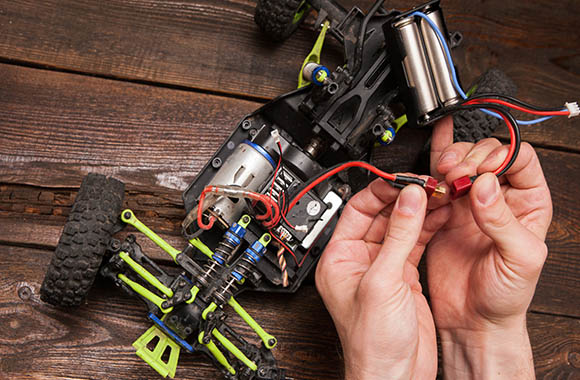The Bamboo Architect’s Model Making Kit
The Bamboo Architect’s Model Making Kit is a hypothetical toolkit designed specifically for creating architectural models using bamboo as the primary material. Bamboo, known for its sustainability, strength, and versatility, makes an excellent choice for constructing eco-friendly architectural models. Here are some key components and tools that could be included in such a kit:
- Bamboo sticks and rods: A variety of bamboo sticks and rods in different lengths, diameters, and finishes would provide the primary building material for your models.
- Bamboo veneer or sheets: Thin sheets of bamboo veneer can be used for creating walls, roofs, or other flat surfaces in your model.
- Cutting tools: A sharp hobby knife, a small saw, and a pair of scissors would be essential for cutting bamboo sticks and sheets to the desired size and shape.
- Measuring and marking tools: A metal ruler, measuring tape, and a pencil or fine-tip marker would be useful for taking precise measurements and marking cutting lines.
- Adhesives: A strong, non-toxic glue suitable for bonding bamboo would be necessary for assembling the model. Wood glue or a clear, fast-drying adhesive could be good options.
- Sanding and shaping tools: Fine-grit sandpaper and a small file set would be helpful for smoothing edges, shaping bamboo pieces, and achieving a professional finish.
- Bamboo connectors: Small connectors, like bamboo dowels or custom-made joints, could be included for attaching bamboo pieces together in various configurations.
- Cutting mat: A self-healing cutting mat would protect your work surface and ensure accurate cuts.
- Tweezers and clamps: Tweezers and small clamps would be useful for holding and positioning small or delicate bamboo pieces during assembly.
- Instructional materials: A guidebook or tutorial on bamboo model making techniques and tips, along with sample project ideas, would be beneficial for beginners and experienced model makers alike.
This Bamboo Architect’s Model Making Kit would enable architects and students to create sustainable, eco-friendly models while also showcasing the beauty and versatility of bamboo as a building material.





















